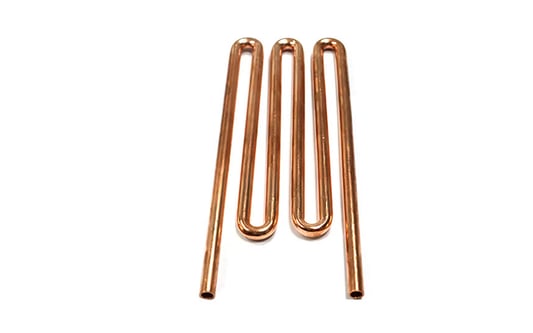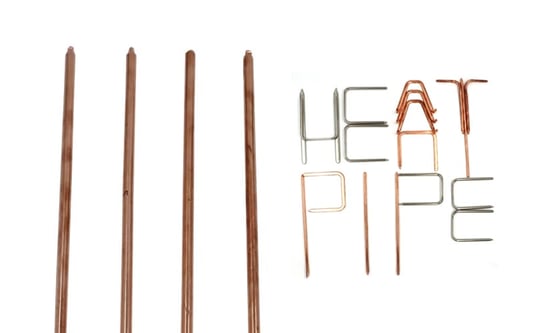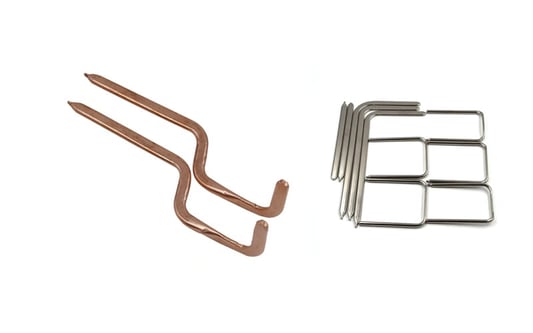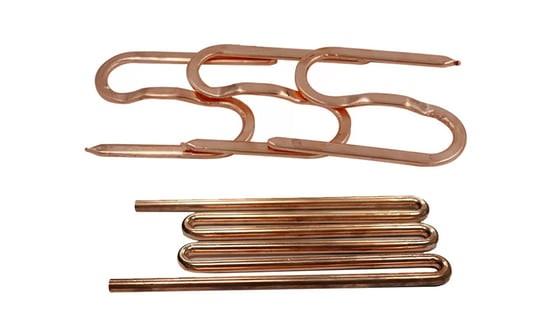Efficient Heat TransferHeat pipes are an essential component of maintenance-free cooling systems. These passive devices utilize the principles of thermodynamics to transfer heat efficiently from one point to another. By incorporating heat pipes into cooling solutions, designers can achieve superior performance without the need for active cooling mechanisms.Reliability and DurabilityOne of the key advantages of heat pipes is their reliability and durability. Unlike traditional cooling systems that rely on moving parts, heat pipes have no mechanical components that can fail over time. This makes them an ideal choice for applications where reliability is critical, such as in aerospace or industrial settings.Energy EfficiencyMaintenance-free cooling systems that use heat pipes are also known for their energy efficiency. By leveraging the passive nature of heat pipes, these systems can dissipate heat effectively without consuming additional energy. This results in lower operating costs and reduced environmental impact compared to traditional cooling solutions.Compact and Lightweight DesignHeat pipes are inherently compact and lightweight, making them suitable for applications where space and weight constraints are a concern. Their simple design allows for easy integration into existing cooling systems without adding significant bulk or weight. This makes them an attractive option for mobile or portable devices.Adaptability to Various ConditionsAnother benefit of heat pipes is their ability to adapt to various operating conditions. Whether it's extreme temperatures, high humidity, or rapid temperature changes, heat pipes can continue to effectively transfer heat without any maintenance or adjustments. This ensures consistent performance in diverse environments.Quiet OperationMaintenance-free cooling systems that utilize heat pipes operate quietly, making them ideal for noise-sensitive applications. Unlike traditional cooling systems that rely on fans or pumps, heat pipes do not generate any noise during operation. This makes them suitable for environments where noise levels must be kept to a minimum.Long Service LifeHeat pipes are known for their long service life, thanks to their robust construction and lack of moving parts. With proper design and installation, heat pipes can last for years without the need for maintenance or replacement. This reliability makes them a cost-effective cooling solution in the long run.Environmentally Friendly SolutionMaintenance-free cooling systems featuring heat pipes are considered environmentally friendly due to their energy-efficient operation and long service life. By reducing energy consumption and minimizing waste associated with maintenance, heat pipes help lower the overall carbon footprint of cooling systems.Scalability and CustomizationHeat pipes offer scalability and customization options, allowing designers to tailor cooling solutions to specific requirements. Whether it's adjusting the length or diameter of the heat pipes or incorporating them into complex cooling architectures, heat pipes provide flexibility to meet diverse needs.Cost-Effective Cooling SolutionIn conclusion, maintenance-free cooling systems that leverage the passive power of heat pipes offer a cost-effective solution for various applications. From energy efficiency and reliability to compact design and quiet operation, heat pipes provide numerous benefits that make them a preferred choice for cooling systems.Quote InquiryContact us










